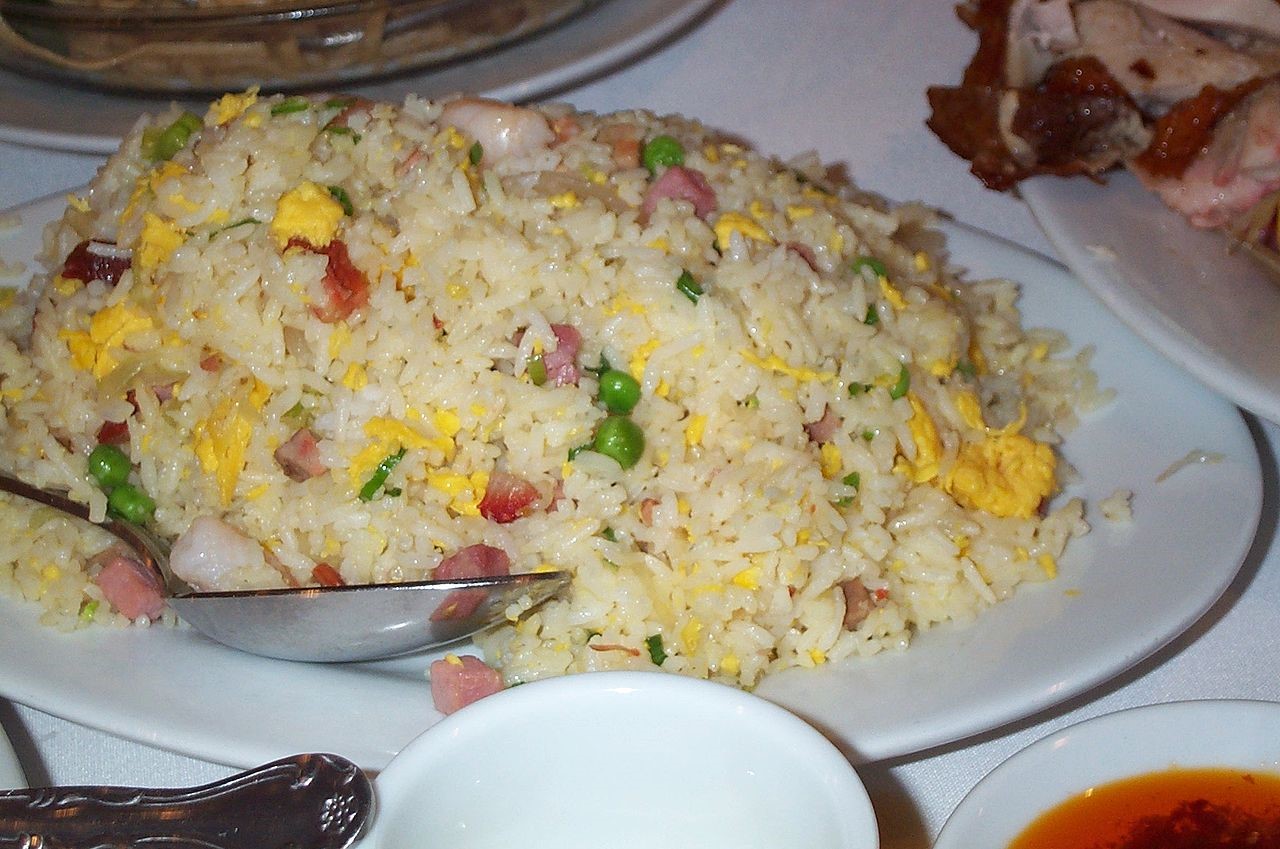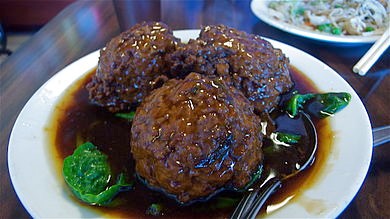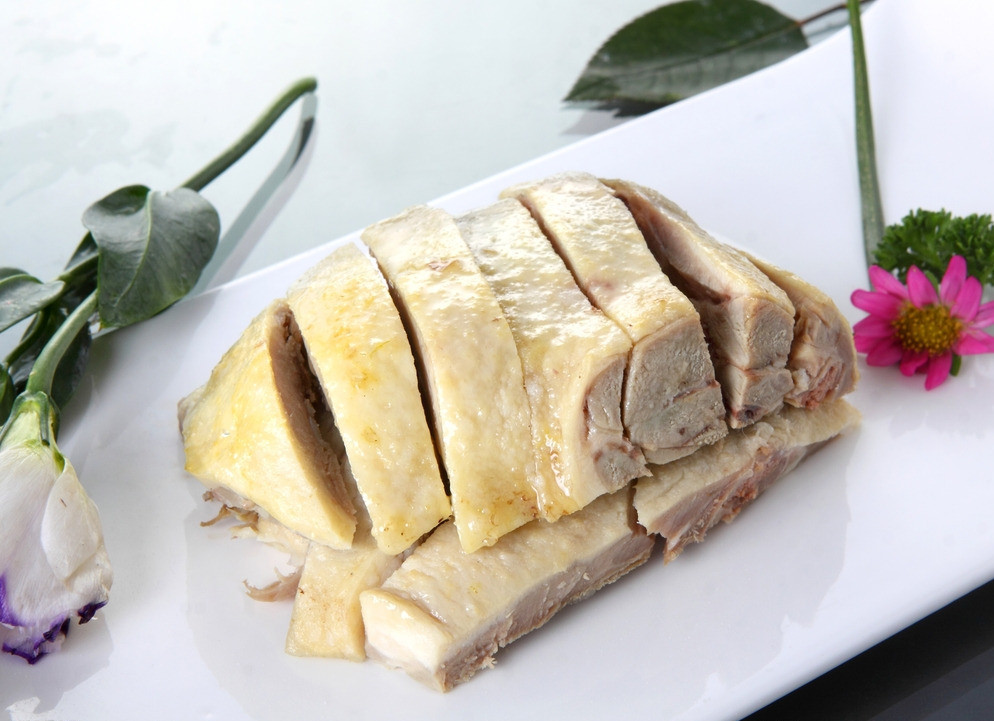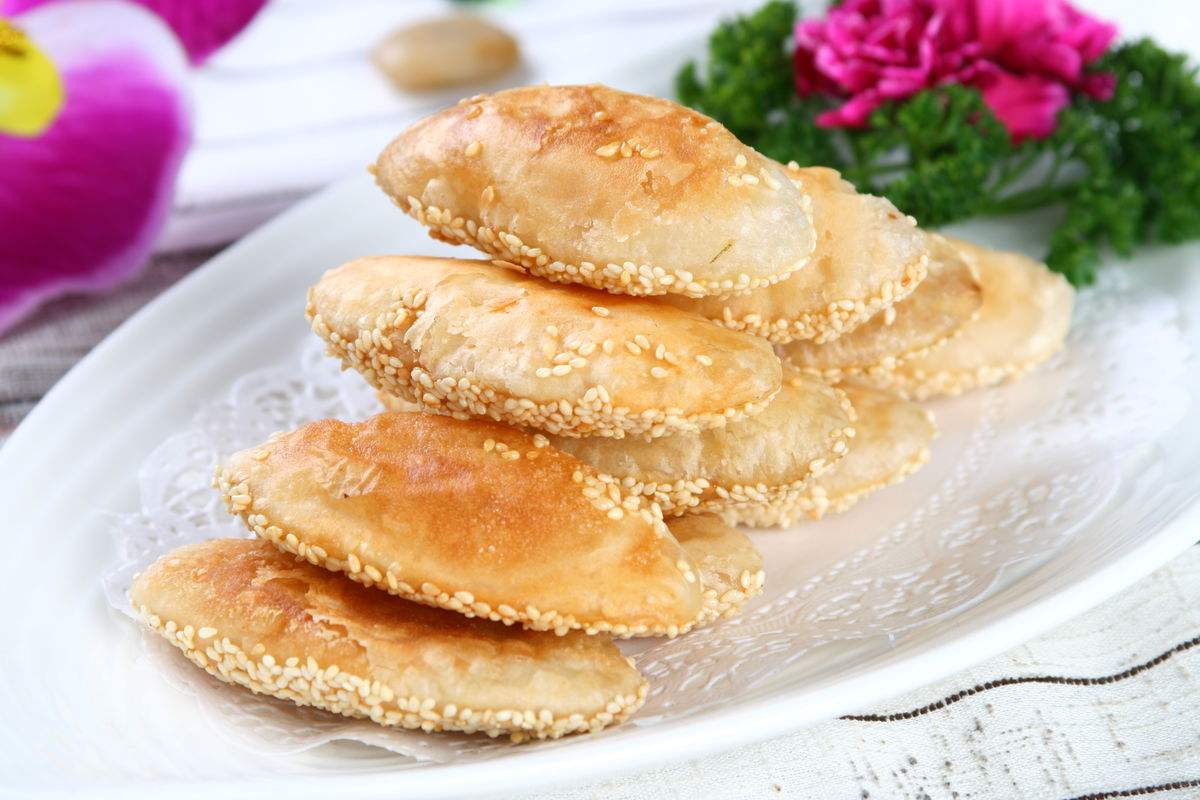Huaiyang Cuisine
One of the Four Great Traditions in Chinese cuisineHuaiyang cuisine (淮揚菜) is one of the Four Great Traditions in Chinese cuisine. It is derived from the native cooking styles of the region surrounding the lower reaches of the Huai and Yangtze rivers, and centred upon the cities of Huai'an, Yangzhou and Zhenjiang in Jiangsu Province. Although it is one of several sub-regional styles within Jiangsu cuisine, Huaiyang cuisine is widely seen in Chinese culinary circles[1] as the most popular and prestigious style of Jiangsu cuisine – to a point where it is considered to be among one of the Four Great Traditions (四大菜系) that dominate the culinary heritage of China, along with Cantonese cuisine, Shandong cuisine and Sichuan cuisine.
Yangzhou Fried Rice
Yangzhou fried rice or Yeung Chow fried rice is a popular Chinese-style wok fried rice dish in many Chinese restaurants throughout the world. It is commonly sold in the UK as special fried rice and in the US as house fried rice.
Lion’s Head
Lion's Head or stewed meatball is a dish from the Huaiyang cuisine of eastern China, consisting of large pork meatballs stewed with vegetables.
Nanjing Salted Duck
Nanjing Salted Duck (Chinese: 盐水鸭) is a local duck dish from Nanjing, China. The history of the dish goes back hundreds of years, possibly to the 14th century, but it grew more famous during the Qing Dynasty.
Huangqiao Sesame Cake
Huangqiao sesame cake (simplified Chinese: 黄桥烧饼; traditional Chinese: 黃橋燒餅; pinyin: Huángqiáo Shāobǐng) is a sesame seed cake that originated from Huangqiao town in Taixing, Jiangsu. It has been speculated to be one of the oldest cakes in the Taizhou region of China.




